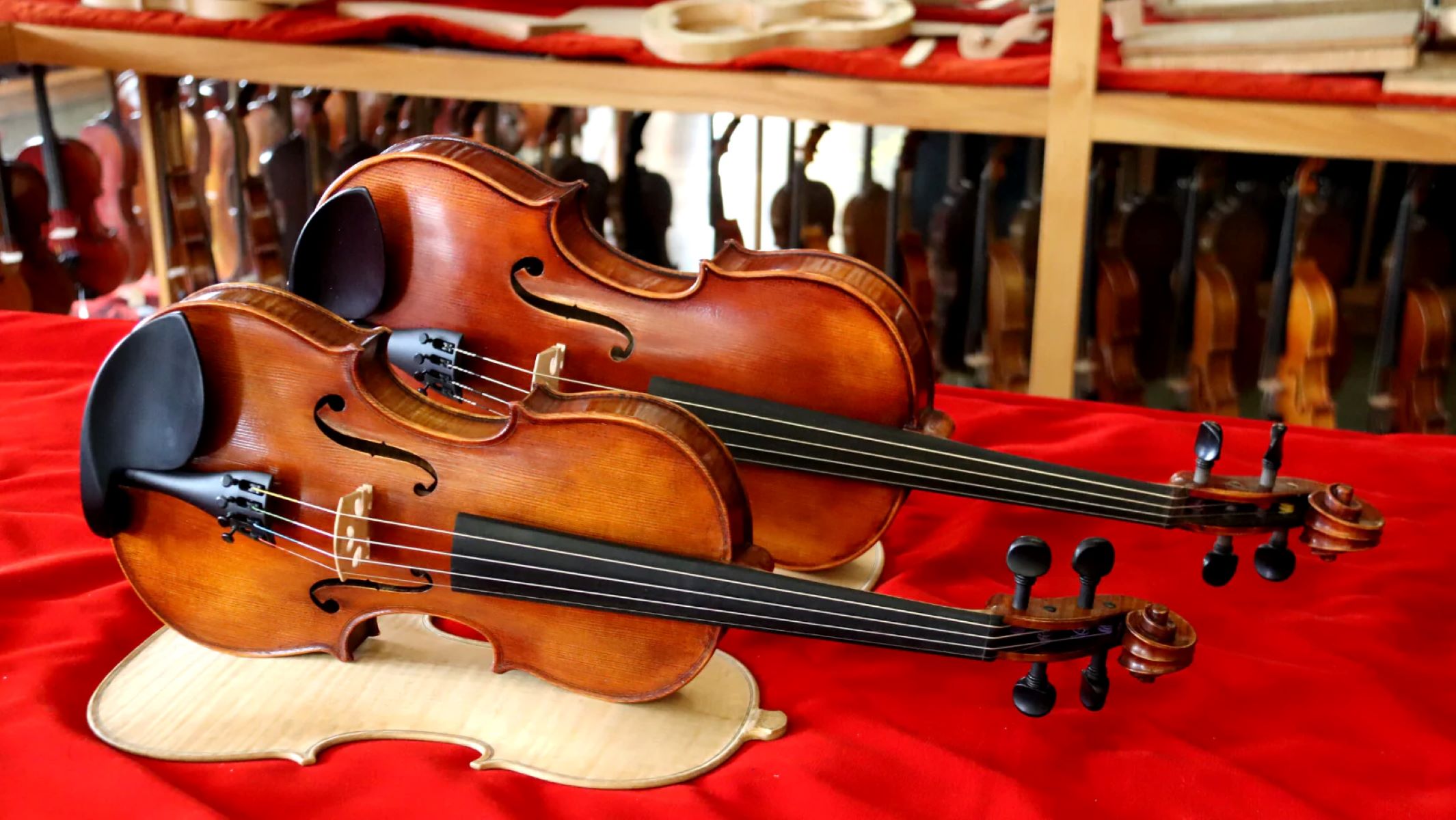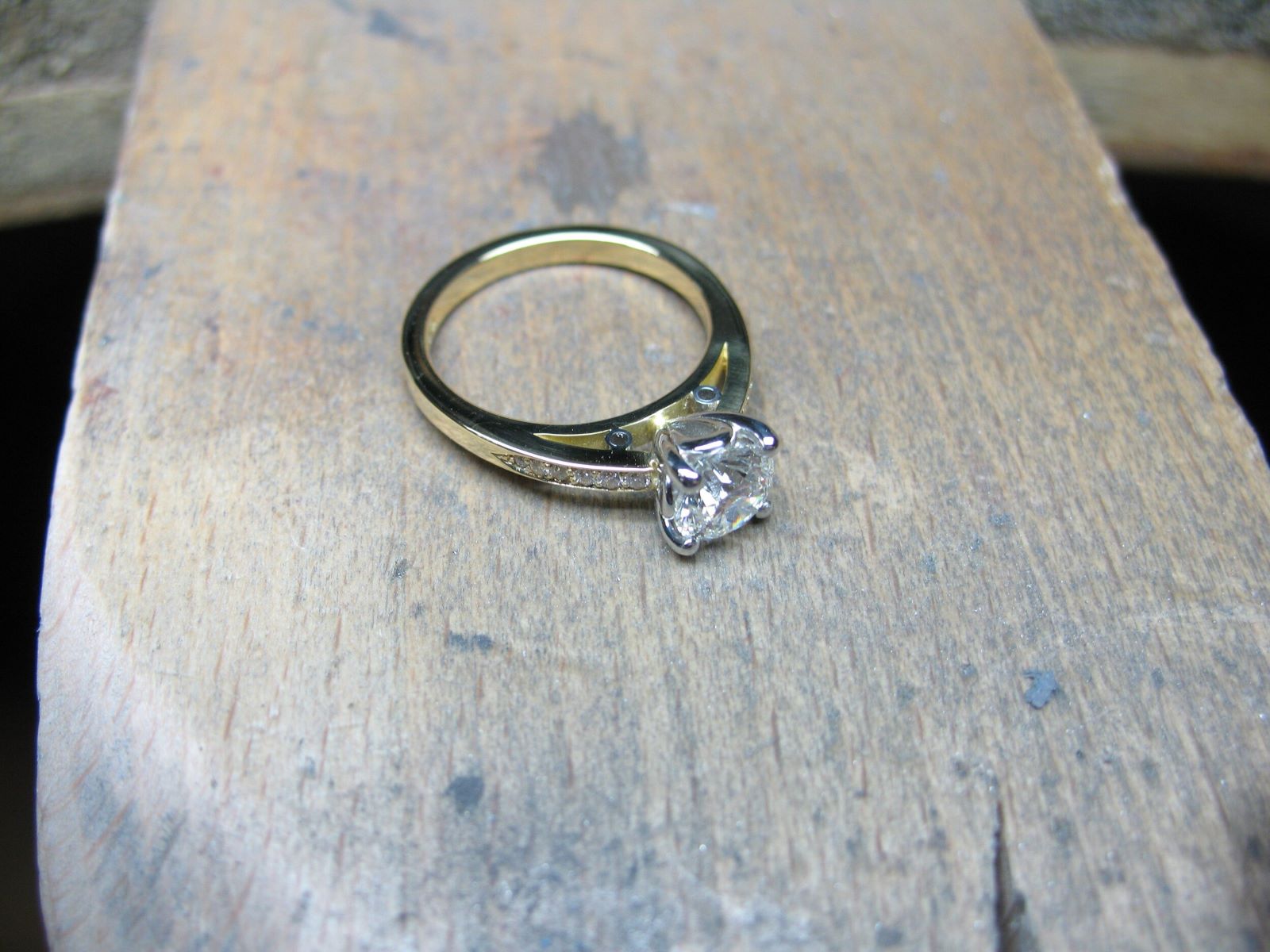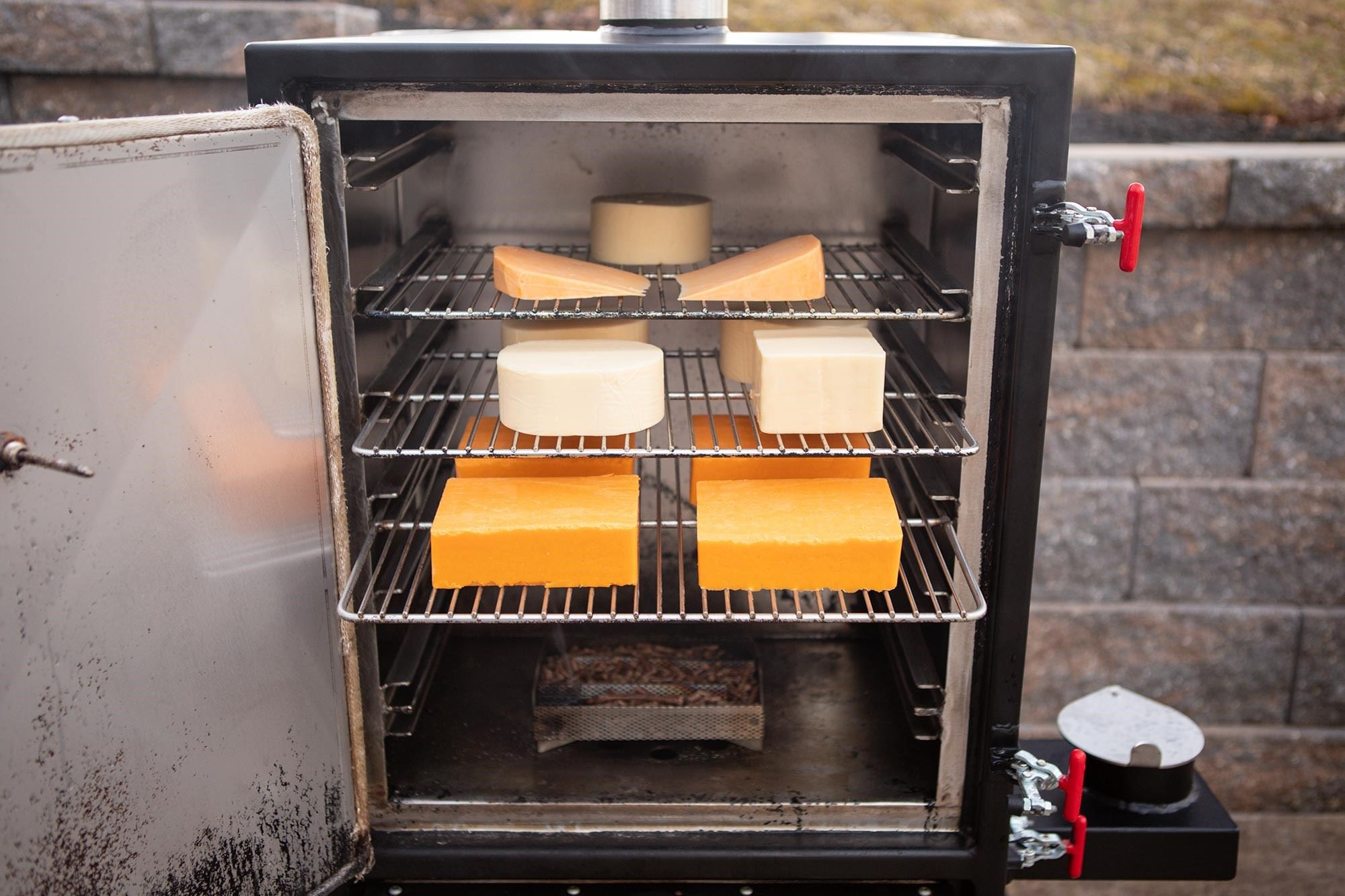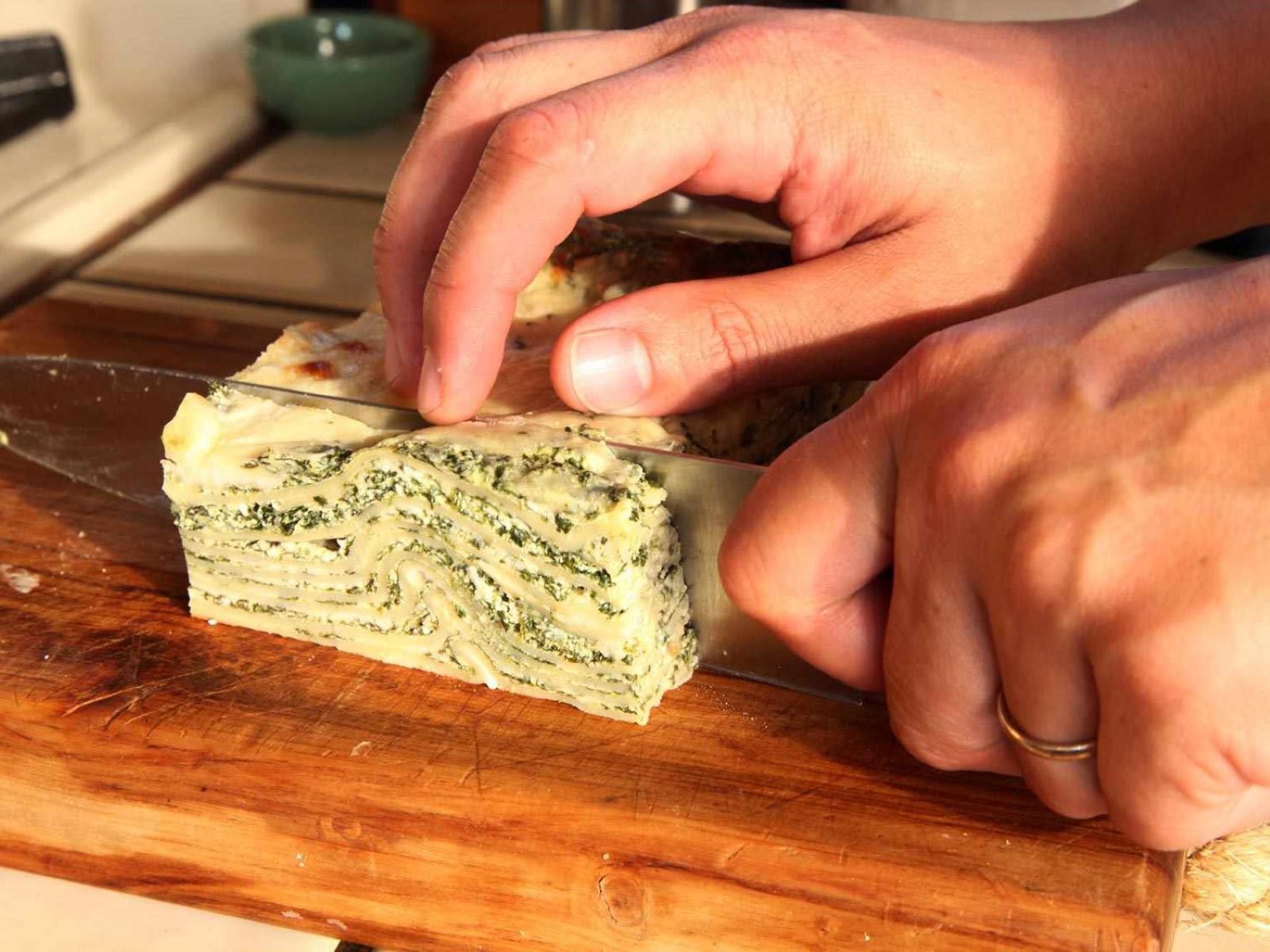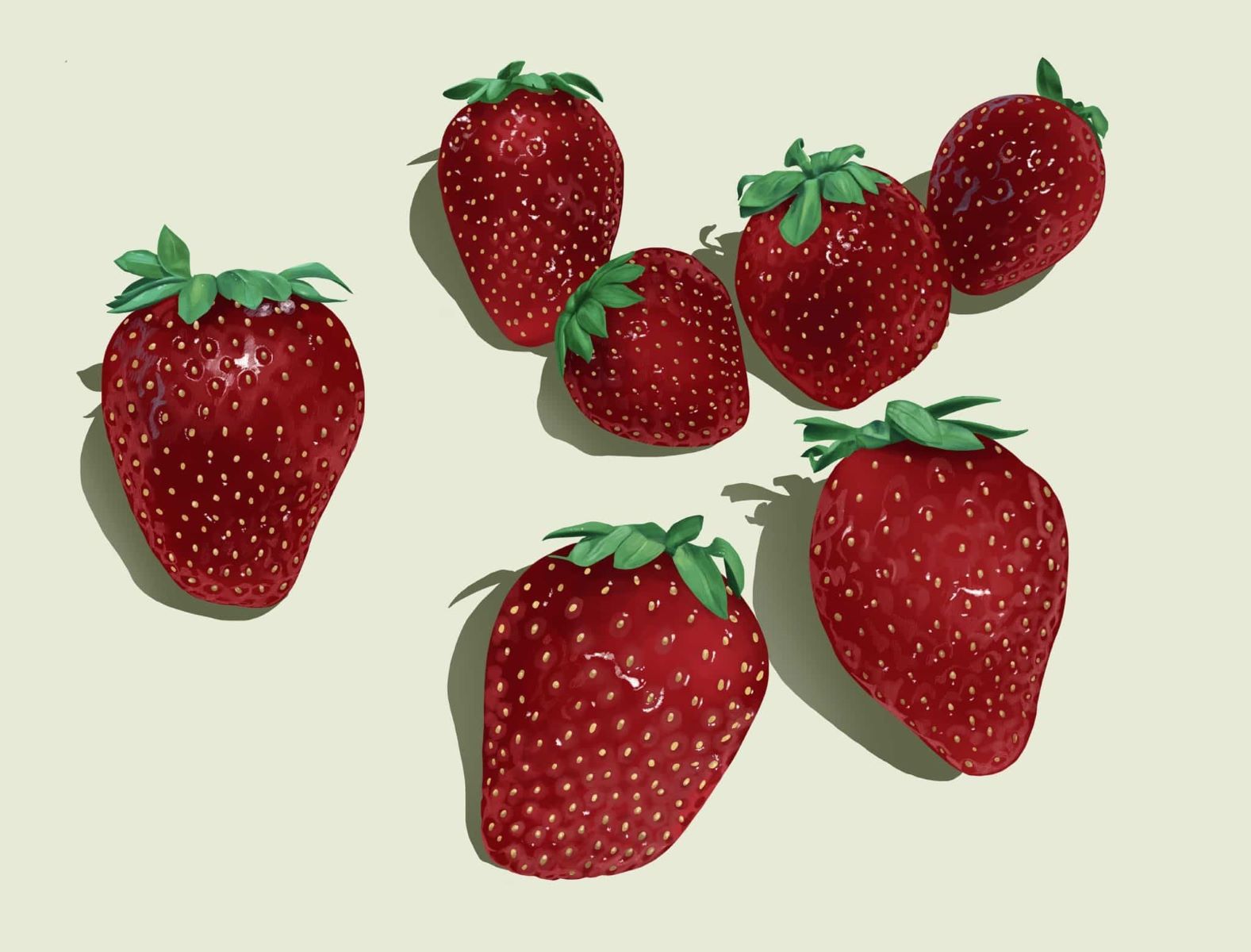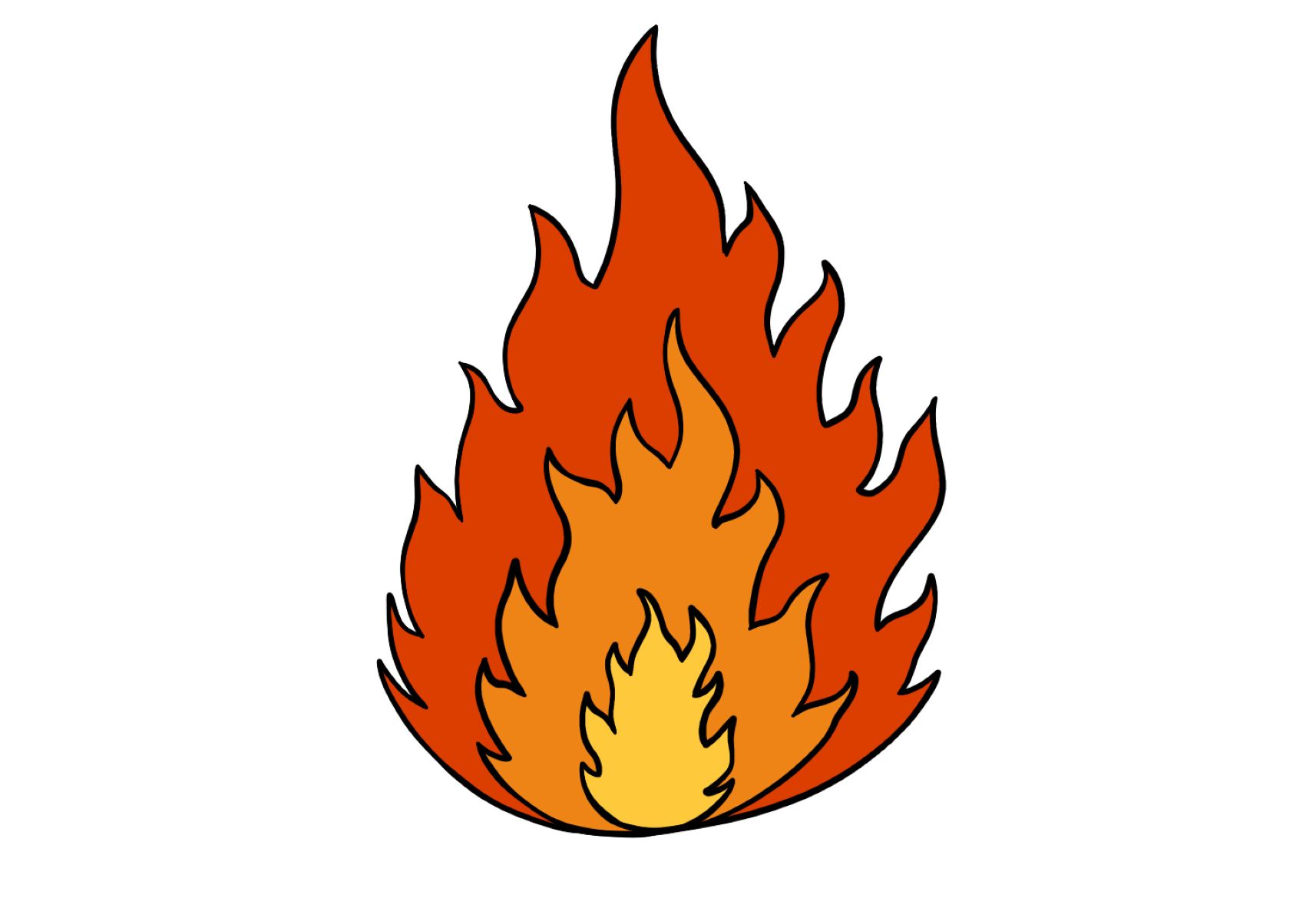Home>Arts and Culture>How To Hold A Violin Bow
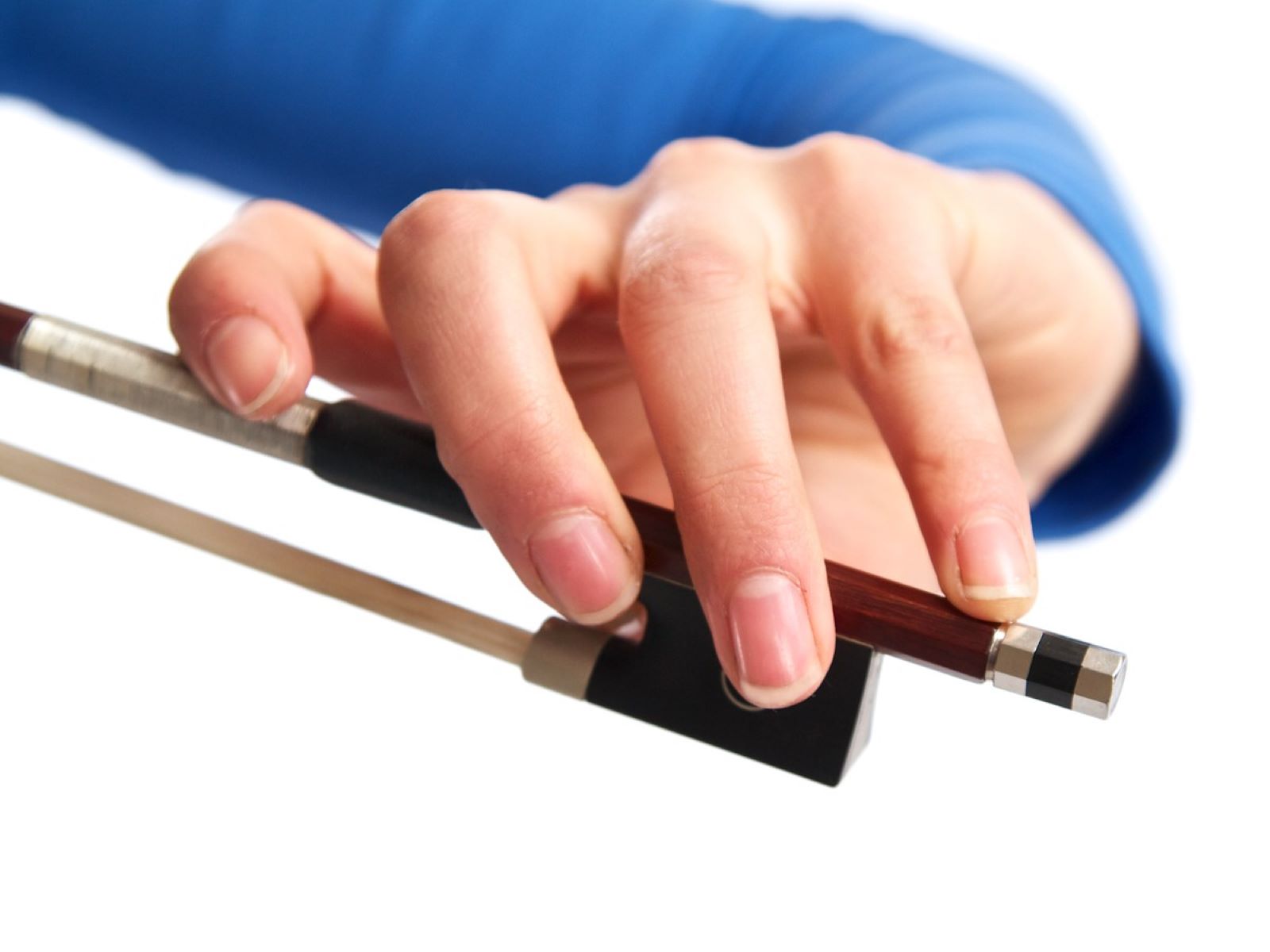

Arts and Culture
How To Hold A Violin Bow
Published: February 28, 2024
Learn the proper technique for holding a violin bow with our step-by-step guide. Master the art of bowing and improve your violin playing skills. Perfect for beginners and enthusiasts in arts and culture.
(Many of the links in this article redirect to a specific reviewed product. Your purchase of these products through affiliate links helps to generate commission for Regretless.com, at no extra cost. Learn more)
Table of Contents
Introduction
The violin is a captivating instrument that has been enchanting audiences for centuries with its soul-stirring melodies. At the heart of producing the mesmerizing sound of the violin lies the skillful manipulation of the bow. Holding the violin bow correctly is essential for producing a rich and resonant tone, and mastering this technique is crucial for any aspiring violinist.
In this comprehensive guide, we will delve into the intricacies of holding a violin bow, exploring the various components of the bow, the proper grip and hand position, bowing techniques, and exercises to enhance bow control. Whether you are a beginner seeking to refine your skills or an experienced player looking to hone your technique, this guide will provide valuable insights to help you elevate your violin performance.
Understanding the nuances of holding a violin bow is akin to unlocking the gateway to a world of musical expression. By mastering the art of bowing, violinists can evoke a spectrum of emotions, from the tenderest whispers to the most impassioned crescendos, creating a profound connection with their audience.
Now, let's embark on this enlightening journey to unravel the secrets of holding a violin bow with finesse and grace. Through a blend of technical expertise and artistic sensibility, we will explore the fundamental principles that underpin the mastery of this essential aspect of violin performance. So, tighten the strings of your curiosity and let's set forth on this melodic expedition into the realm of violin bow mastery.
Read more: How To Hold A Bowling Ball
Understanding the parts of the violin bow
The violin bow is a finely crafted tool that plays a pivotal role in producing the enchanting sounds of the violin. Understanding its components is crucial for mastering the art of bowing. Let's explore the key parts of the violin bow:
-
Frog: Located at the bottom of the bow, the frog is the part that the player holds. It houses the mechanism for tightening and loosening the bow hair, allowing for adjustments to the tension.
-
Bow Hair: This is the part of the bow that comes into direct contact with the strings of the violin. Typically made from horsehair, it is responsible for creating friction against the strings, producing the resonant tones that define the violin's sound.
-
Stick: The long, slender portion of the bow is known as the stick. It is usually crafted from high-quality wood, such as pernambuco or carbon fiber, and is designed to provide the necessary flexibility and strength for precise bowing.
-
Tip: Positioned at the opposite end of the frog, the tip of the bow is where the bow hair is secured. It is essential for maintaining the tension of the hair and ensuring even distribution of pressure during bowing.
-
Screw and Eyelet: These components are located within the frog and are used to adjust the tension of the bow hair. By turning the screw, the player can tighten or loosen the hair to achieve the desired responsiveness and tone.
Understanding the intricate anatomy of the violin bow is fundamental to developing a nuanced approach to bowing technique. Each component plays a crucial role in shaping the sound and articulation produced by the bow. By familiarizing oneself with these elements, violinists can gain a deeper appreciation for the craftsmanship and functionality of this essential tool.
As we continue our exploration of holding a violin bow, let's delve into the nuances of achieving the proper grip and hand position, laying the foundation for graceful and expressive bowing.
Proper grip and hand position
Mastering the proper grip and hand position is a fundamental aspect of holding a violin bow with precision and finesse. The way a violinist holds the bow directly influences the tone, control, and expression produced while playing. Achieving the optimal grip and hand position requires a delicate balance of dexterity, strength, and sensitivity. Let's delve into the essential elements of achieving the proper grip and hand position for holding a violin bow:
1. Placement of the fingers
The fingers play a pivotal role in maintaining a stable and controlled grip on the bow. The index finger, also known as the first finger, rests on the underside of the frog, providing support and stability. The middle finger, or second finger, is positioned opposite the index finger on the top side of the frog, creating a balanced and secure grip. The ring finger and little finger gently rest on the frog, contributing to the overall stability and control of the bow.
2. Bow hold variations
There are various bow hold techniques, with the most common being the "Russian" and "Francaise" holds. The Russian hold involves placing the fingers slightly spread out along the bow, allowing for a more even distribution of pressure and control. In contrast, the Francaise hold involves a closer alignment of the fingers, providing a different approach to bowing technique. Each hold offers unique advantages and can be tailored to suit the individual preferences and playing style of the violinist.
Read more: How To Draw A Bow
3. Thumb position
The placement of the thumb on the bow is crucial for maintaining balance and control. The thumb should rest diagonally across the frog, providing support and stability while allowing for fluid movement and articulation. A relaxed and flexible thumb position enables the player to navigate the bow smoothly across the strings, facilitating nuanced expression and dynamic range.
4. Wrist and arm alignment
Achieving the proper wrist and arm alignment is essential for executing fluid and controlled bowing motions. The wrist should remain flexible and supple, allowing for subtle adjustments in pressure and angle. The arm should be positioned in a relaxed and natural manner, providing the necessary range of motion for producing a rich and resonant tone. Maintaining a balanced and aligned wrist and arm posture is key to achieving a seamless and expressive bowing technique.
5. Adaptability and experimentation
While adhering to fundamental principles of bow grip and hand position, it is important for violinists to explore and adapt their technique to suit their unique playing style and musical interpretation. Experimenting with different grip variations and hand positions can lead to new insights and discoveries, ultimately enhancing the player's ability to convey emotion and artistry through the violin bow.
Mastering the proper grip and hand position is a continuous journey of refinement and adaptation, requiring dedication and attentive practice. By honing these essential skills, violinists can unlock the full expressive potential of the violin bow, creating captivating and evocative musical performances.
Bowing techniques
Bowing techniques are at the heart of producing the captivating and expressive sounds that define the art of violin performance. The way a violinist manipulates the bow across the strings directly influences the tone, dynamics, and emotional depth of the music. Mastering a diverse range of bowing techniques is essential for unlocking the full potential of the violin and conveying a rich tapestry of musical expression. Let's explore some fundamental bowing techniques that are integral to the art of violin playing:
Read more: How To Make A Bow Using Wrapping Paper
1. Sustained Bowing (Legato)
Sustained bowing, also known as legato, involves producing smooth and connected notes by maintaining continuous bow contact with the strings. This technique requires a seamless and controlled movement of the bow, allowing the violinist to create flowing melodies and lyrical passages. By applying consistent pressure and bow speed, the violinist can evoke a sense of fluidity and warmth in the music, imbuing each note with a seamless connection to the next.
2. Detached Bowing (Staccato)
Detached bowing, or staccato, involves producing short and distinct notes by briefly lifting the bow off the strings between each note. This technique imparts a sense of clarity and precision to the music, allowing for crisp and articulated phrasing. By delicately releasing the bow from the strings, the violinist can create rhythmic and dynamic contrasts, adding a sense of vitality and energy to the musical performance.
3. Spiccato
Spiccato is a bowing technique that involves bouncing the bow lightly off the strings to produce a lively and buoyant articulation. This technique requires a controlled and agile wrist motion, allowing the bow to rebound from the strings with a subtle yet vibrant character. Spiccato adds a playful and animated quality to the music, infusing it with a sense of buoyancy and rhythmic vitality.
4. Col legno
Col legno, meaning "with the wood," is a bowing technique where the violinist reverses the bow to use the wooden side, creating a percussive and distinctive sound. This technique adds a unique timbre and texture to the music, evoking a sense of mystery and intrigue. By delicately striking the strings with the wooden part of the bow, the violinist can introduce a captivating and unconventional element to the musical expression.
5. Tremolo
Tremolo involves rapidly oscillating the bow on a single note or between two adjacent strings, creating a shimmering and ethereal effect. This technique adds a sense of tension and emotive depth to the music, allowing for evocative and haunting passages. By executing controlled and nuanced bow movements, the violinist can evoke a sense of longing and intensity, captivating the listener with the evocative nature of the tremolo technique.
Mastering these bowing techniques requires dedicated practice, attentive listening, and a deep understanding of musical expression. By honing these essential skills, violinists can elevate their performances, infusing their music with a kaleidoscope of emotions and textures. Through the artful application of bowing techniques, the violin becomes a vessel for profound storytelling and emotional resonance, captivating audiences with its evocative and enchanting melodies.
Exercises for improving bow control
Mastering bow control is a fundamental aspect of refining one's violin technique, and dedicated practice is essential for honing this skill. The following exercises are designed to enhance bow control, fostering precision, fluidity, and expressive articulation in violin performance.
-
Bow Distribution Exercise: This exercise focuses on developing even bow distribution across the strings. Start by playing long, sustained notes on each string, paying close attention to maintaining consistent pressure and speed throughout the bow stroke. Gradually transition between strings, ensuring a seamless and balanced tone. This exercise cultivates a keen awareness of bow distribution, fostering a uniform and resonant sound across the entire range of the violin.
-
Bow Speed Variation: Practicing varied bow speeds is crucial for achieving dynamic and expressive phrasing. Begin by playing a simple scale, gradually increasing and decreasing the bow speed while maintaining a steady rhythm. Experiment with different tempos and dynamics, allowing the bow speed to reflect the emotional nuances of the music. This exercise nurtures control and sensitivity in bowing, enabling the violinist to convey a spectrum of emotions through nuanced bow speed variations.
-
Bow Pressure Control: Controlling bow pressure is essential for shaping the dynamics and tonal quality of the music. Practice playing long, sustained notes with gradual changes in bow pressure, from light and delicate to firm and resonant. Focus on achieving a seamless transition between varying pressure levels, allowing the music to breathe and evolve organically. This exercise fosters a deep understanding of bow pressure, empowering the violinist to sculpt the musical phrases with precision and finesse.
-
String Crossing Drills: String crossings demand agility and coordination in bowing technique. Create exercises that involve rapid string crossings, such as arpeggios or scale patterns spanning multiple strings. Concentrate on maintaining a fluid and uninterrupted bow stroke while navigating across the strings, ensuring seamless transitions and consistent tone production. String crossing drills enhance dexterity and fluency in bow control, facilitating seamless transitions between different string levels.
-
Articulation Exercises: Articulation exercises focus on refining the clarity and precision of bow strokes. Practice executing crisp and articulate bowing patterns, emphasizing clean starts and stops of each note. Incorporate staccato and spiccato techniques to cultivate nimbleness and precision in articulation. These exercises enhance the violinist's ability to articulate musical passages with clarity and definition, adding a sense of vitality and character to the performance.
By integrating these exercises into regular practice sessions, violinists can elevate their bow control, unlocking a world of expressive possibilities and technical mastery. Through diligent and focused practice, bow control becomes a seamless extension of musical expression, empowering violinists to convey their artistic vision with clarity, depth, and emotive resonance.
Conclusion
In the realm of violin performance, the art of holding a violin bow is a profound and transformative journey. From understanding the intricate components of the bow to mastering the nuances of grip, hand position, bowing techniques, and exercises for bow control, the pursuit of bow mastery is a testament to the dedication and artistry of violinists.
As we conclude this enlightening exploration, it is evident that the violin bow serves as a conduit for musical expression, allowing violinists to weave a tapestry of emotions and narratives through their performances. The proper grip and hand position, when combined with a deep understanding of bowing techniques, empower violinists to channel their artistic vision into evocative and captivating melodies.
The journey of holding a violin bow transcends technical proficiency; it embodies a profound connection between the artist and their instrument, a dialogue between the soul and the strings. It is a testament to the enduring legacy of the violin, an instrument that has enraptured audiences for centuries with its timeless allure and emotive resonance.
As violinists embark on their quest for bow mastery, they embark on a path of self-discovery and artistic growth. Each nuanced bow stroke becomes a brushstroke on the canvas of sound, painting vivid landscapes of emotion and storytelling. Through dedicated practice and unwavering passion, violinists breathe life into each note, infusing the music with their unique essence and spirit.
In the grand tapestry of musical expression, the art of holding a violin bow stands as a testament to the enduring power of human creativity and ingenuity. It is a testament to the timeless pursuit of beauty and meaning through the language of music, a language that transcends barriers and speaks to the depths of the human experience.
As we bid adieu to this exploration, let us carry forth the wisdom and insights gained, nurturing our reverence for the violin and the boundless possibilities it holds. May the journey of holding a violin bow continue to inspire and uplift, resonating with the echoes of centuries past and the promise of musical horizons yet to unfold.
